There’s a lot of advice out there for improving this skill. One of the more common suggestions is to challenge yourself to ask for a discount every time you buy anything. If you are making your purchase in person, you ask the person at the register. If you are making your purchase online, you include the request in the notes to the seller.
The point of this challenge is to get you comfortable doing something incredibly uncomfortable. Asking for discounts is not something that’s natural in American culture, so for many of you this may be an incredibly uncomfortable activity. That’s the point. If you can get comfortable asking a random cashier for a discount you have no reason to ask for, on an item you were going to buy anyway, you can get comfortable soliciting donors.
This challenge is fine but I don’t think it’s enough.
What you really need is practice.
Practice with your coworkers. Practice all the time. Make it a part of your weekly duties.
Practice with your board. Board members should be involved in fundraising to some extent, as part of their duties. They may be responsible for soliciting their friends and other major donors. Take a large portion of a board meeting and get everyone in attendance to practice with each other and give feedback on the asks.
Practice talking about your nonprofit in a confident, passionate, mission-focused manner. You don’t have to practice this part with other people, though that is certainly a good idea. You can do this in your car or in the shower.
Sit in on other solicitations. This is especially great for major solicitations. Go out with a coworker or your CEO and just observe. What does the conversation actually sound like? I think you’ll find it’s just like any other conversation.
Relax. Your donor often already knows the ask is coming and will ask you to get to the point long before you planned to. This is especially true when soliciting long-term donors.
If your donors have a strong relationship with your nonprofit, asking for gifts is a breeze. You’ve already done all the hard work of building their emotional connection to your organization, now you are simply inviting them to act on that connection.
Get out there and start asking. Asking for money is one of those things that gets easier and less intimidating the more you do it. You’ll discover what works for you and what works for your donors. You just have to do it.
Remember, a botched ask or a rejected solicitation is not personal. There are so many reasons why your donor might not be able to give at the moment you ask, and that’s okay! The world won’t end, but you will learn something about asking for money from every solicitation you do, no matter what.
Do you have any tips for getting comfortable asking for money? Share them in the comments.


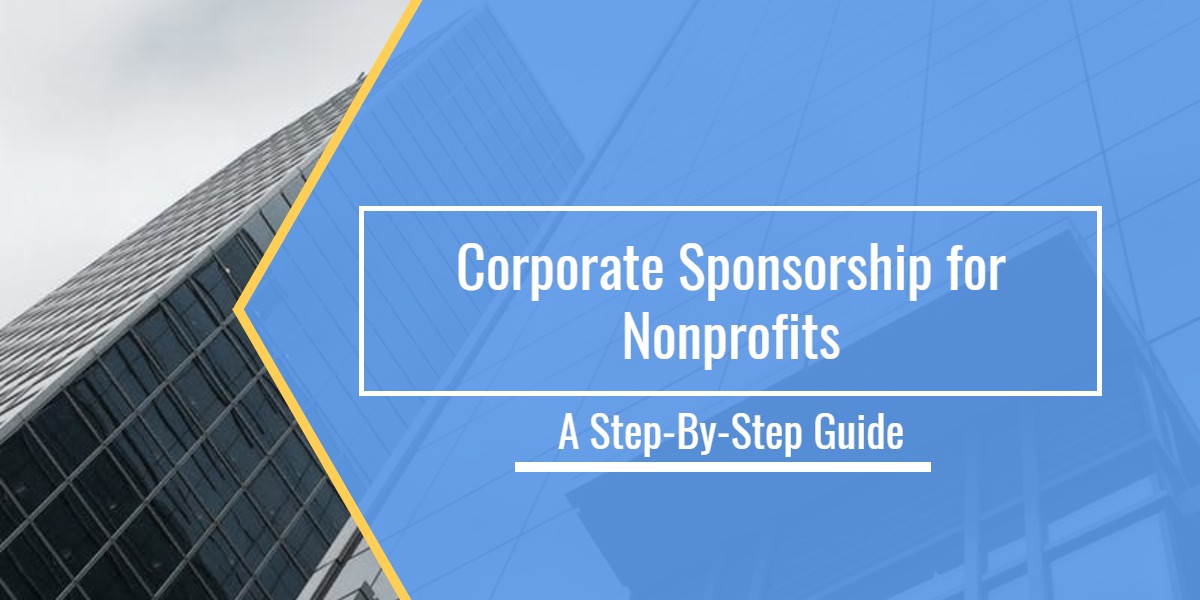
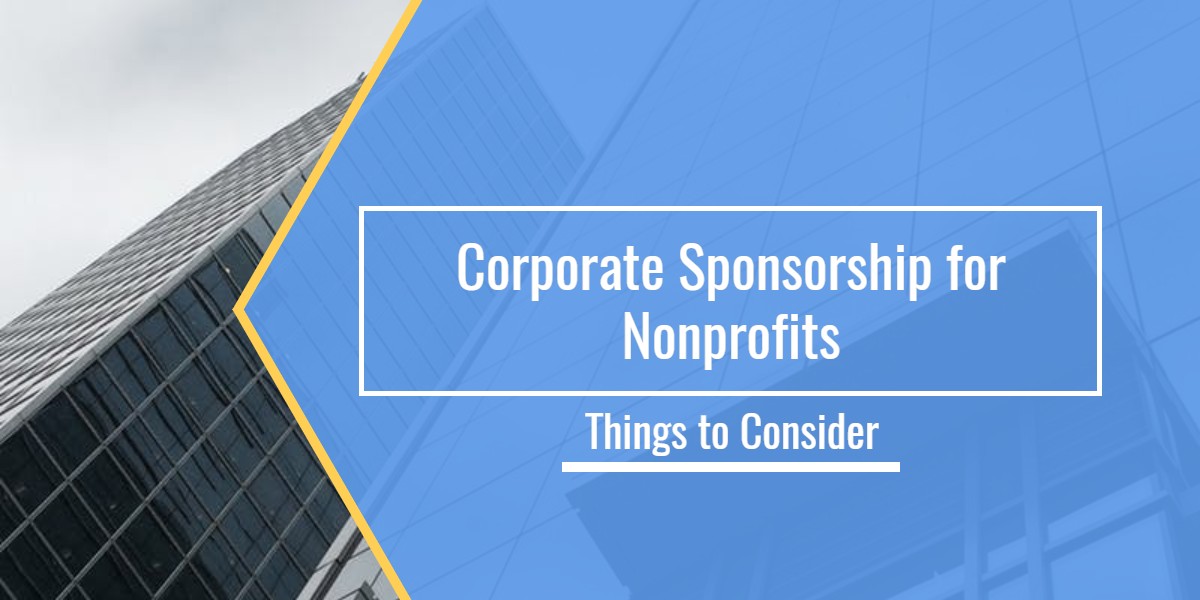

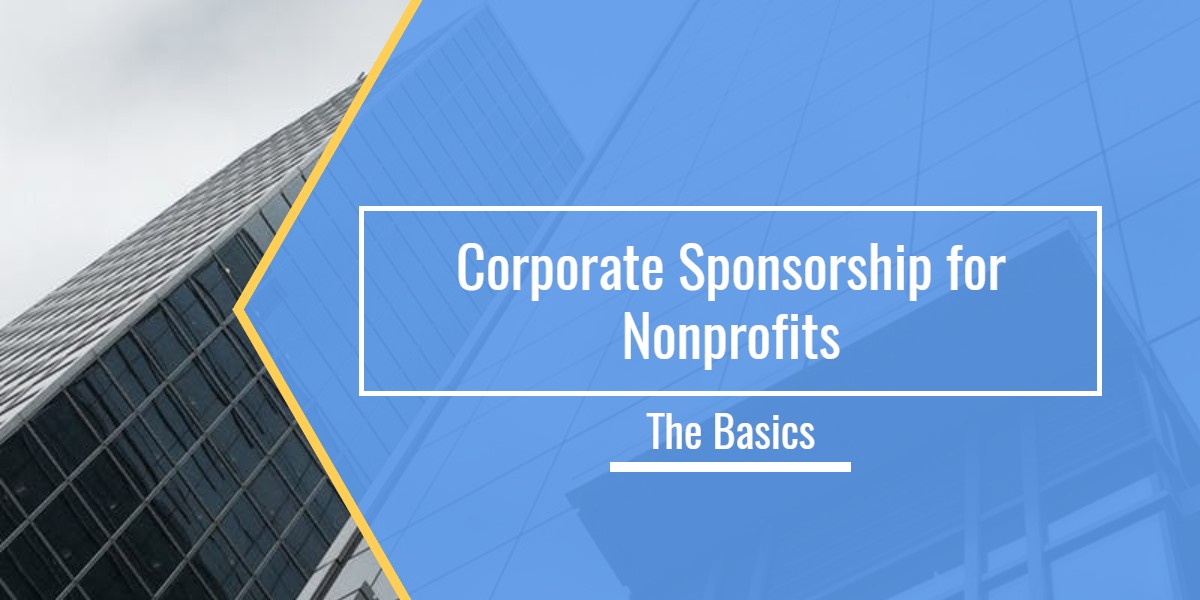
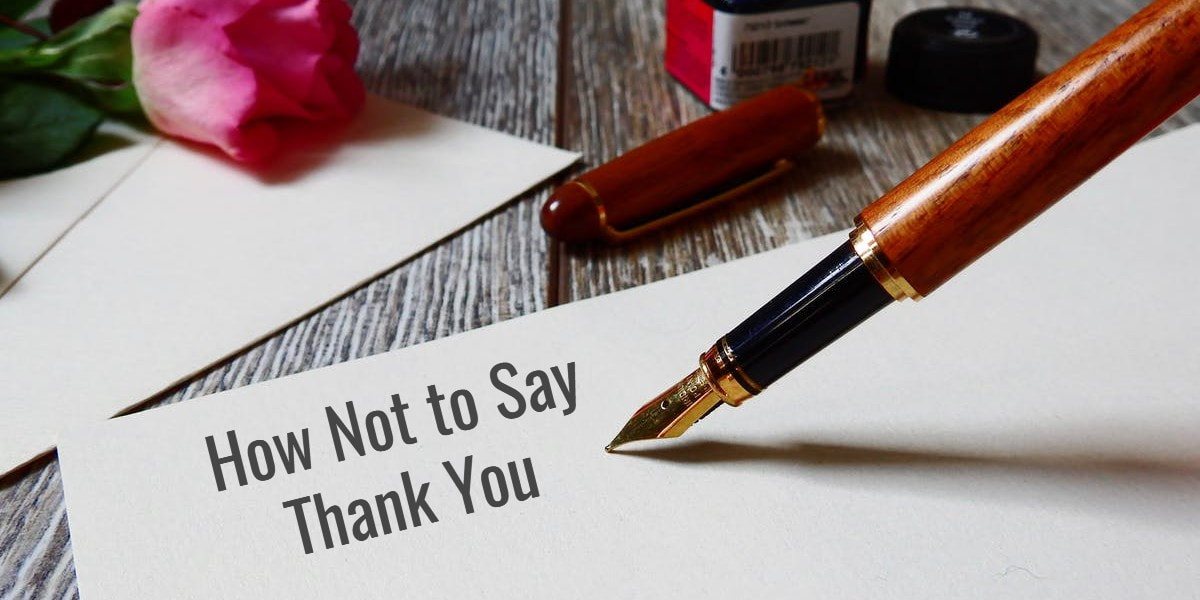
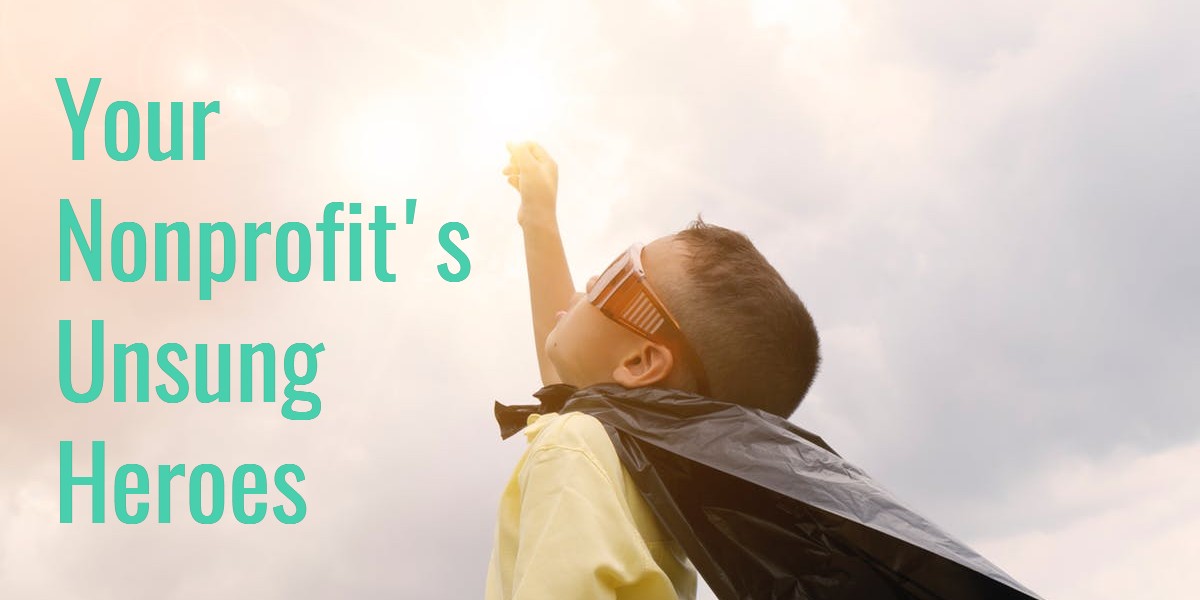
 RSS Feed
RSS Feed